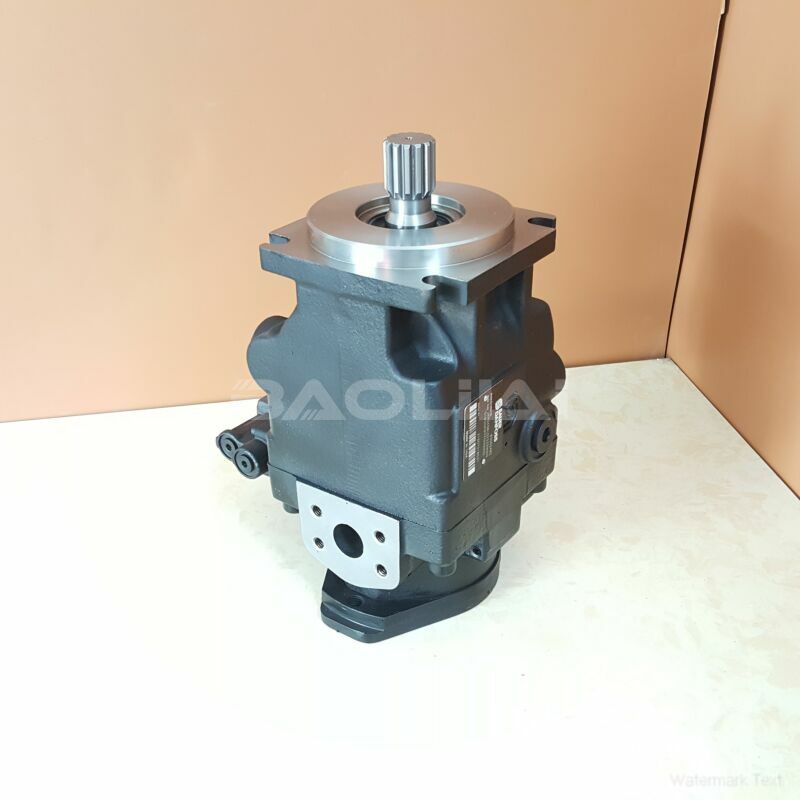JRRS45BLB2520NNN3C2NHA8NNNNJJJNNN hydraulic pump
JRRS45BLB2520NNN3C2NHA8NNNNJJJNNN hydraulic pump

- Product Details
- Applicable Scene
Reverse osmosis (RO) systems are widely used in various industries for water purification, desalination, and other applications. A crucial component in these systems is the pump, which creates the necessary pressure to drive water through the semi-permeable membrane. Among various types of pumps, plunger pumps stand out for their efficiency and reliability. This article discusses key considerations when selecting plunger pumps for reverse osmosis systems.
JR-R-S45B-LB-25-20-NN-N-3-C2NH-A8N-NNN-JJJ-NNN
JRRS45BLB2520NNN3C2NHA8NNNNJJJNNN
One of the primary advantages of plunger pumps is their ability to generate high pressures, making them ideal for RO applications where substantial hydraulic pressure is required to overcome osmotic pressure. Operators must consider the maximum pressure requirements of their specific RO system when choosing a plunger pump. Most RO systems operate efficiently at pressures ranging from 40 to 100 bar, and plunger pumps typically excel in delivering consistent pressure, even as feed water conditions fluctuate.

83025752
In addition to pressure capabilities, the flow rate is another significant factor. Plunger pumps offer variable flow rates, which can be adjusted according to system demands. This adaptability is crucial for optimizing the performance of the RO system while ensuring energy efficiency. It’s essential to match the flow rate of the plunger pump to the specific requirements of the RO application, taking into account factors like system size and desired output.
Material selection is also vital in ensuring the longevity and durability of a plunger pump in reverse osmosis applications. The water being processed may contain various chemicals or impurities that can cause corrosion or wear over time. Therefore, selecting materials that are resistant to corrosion, such as stainless steel or other high-grade alloys, is critical. Additionally, the seals and diaphragms in the pump should also be made from compatible materials to reduce the risk of contamination and ensure reliable operation.





